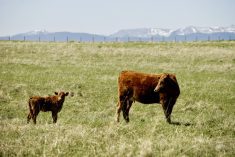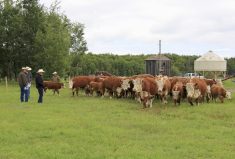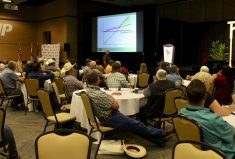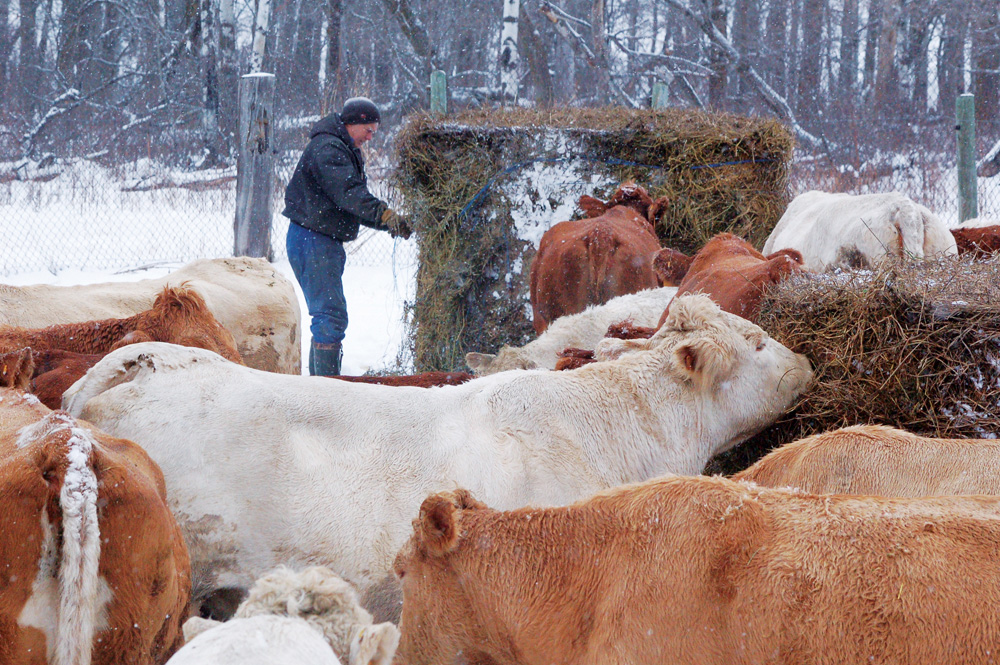Most beef producers have been there. You’ve made a major management decision and at some point, it just doesn’t seem to be working out. You’re at a crossroads: do you quit while you’re ahead or do you power through, possibly throwing good money after bad?
Famed management guru Seth Godin has a name for this phase in the adoption of a new practice: “the dip.” It represents the point where efforts to attain a goal are most at odds with the results. The start of this dip, says Godin, is where managers need to decide to essentially fish or cut bait.

Wyoming-based ranch educator Dallas Mount recently wrote a blog piece on the dip.
Read Also

Canadian farmers plant less barley in 2025
I’ve received many inquiries from cattle producers about the feed grain outlook for the 2025-26 crop year. Cow-calf producers have…
“There’s this saying that winners never quit. (Godin) says that’s foolish,” says the CEO of Ranch Management Consultants (RMC).
“You should quit all the time. But quit at the right spot. Don’t . . . spend a long period of time down at the bottom and then right where things seem to be turning around, quit.”
The key is to quit smart, says Mount. Ask yourself if the reward is worth the cost of pushing forward. The management change must be worth the cost and sacrifice of the reward.
Mount says the decision to quit — or maybe not even begin — starts with sound economic projections. Although there are many valid reasons people may want to quit during the dip, the financial payoff is likely going to be one of the key deciding factors.
“I think (the beginning) is where we make the decision of whether this is something worth doing. I think the upside better be significant to get people excited. If we move the whole (operation) from cows to sheep and three years from now we’re going to have $5,000 more dollars, for most ranchers $5,000 isn’t worth getting out of bed for.”
But what if it means $300,000 in extra profit? “Now there’s something we can start getting excited about.”
Mount says it’s essential to reach out to others who have been in similar tough spots. He sees this a lot in his Ranching for Profit school.
“There was a gentleman who had changed his grazing system from a more conventional grazing system to a more intensive one. He said the livestock were going through quite a bit of stress and when they got to the end of the year the pregnancy rates on those cows were pretty dismal. They were kicking themselves quite a bit.
“So he reached out to other people that had gone through the same changes and found that what they experienced was not all that uncommon. And then they started looking at the cause of the problem and how to solve it. The next year they tweaked a few things; they still didn’t quite fix it all the way but they made some changes to how they handled cattle.
“They were able to push through that and now their preg rates are back where they’re happy with them.”
















